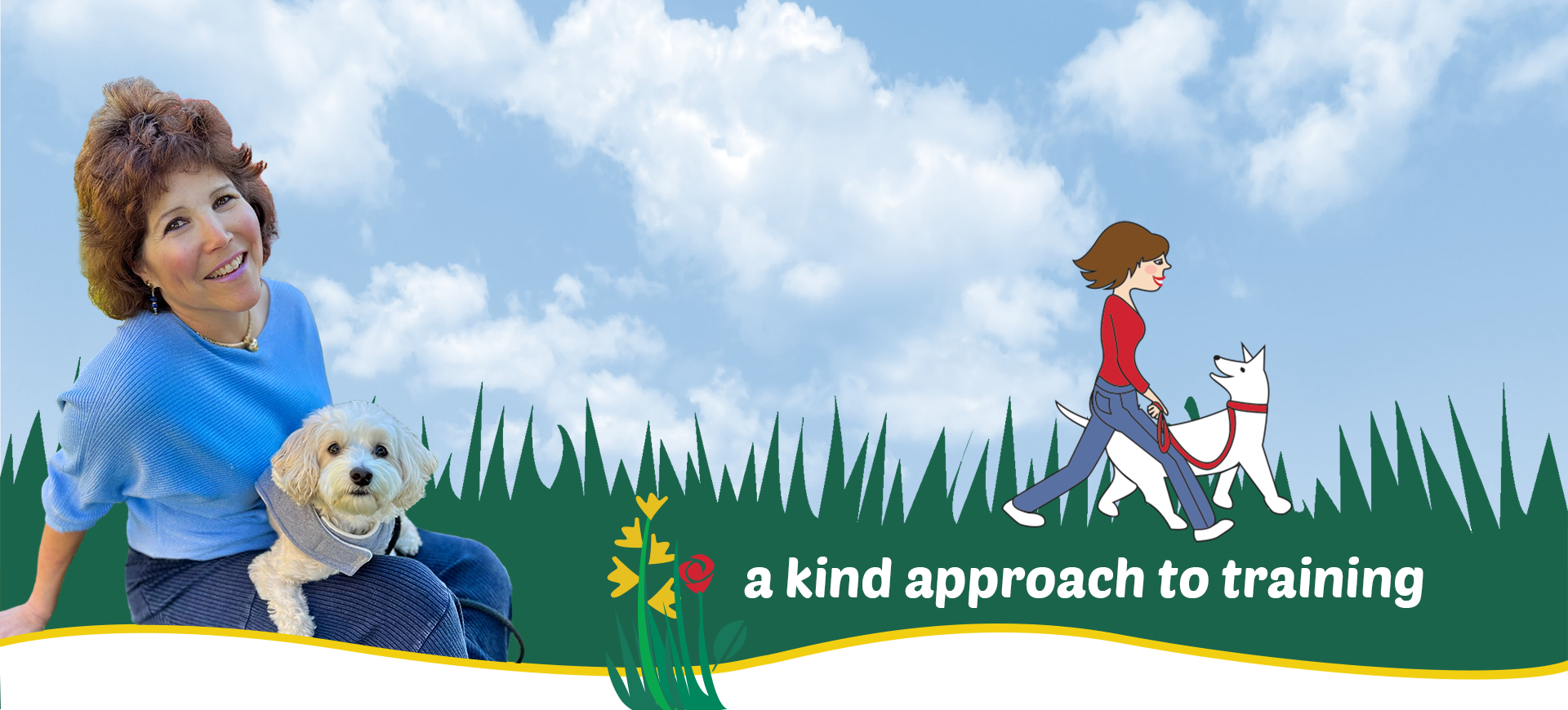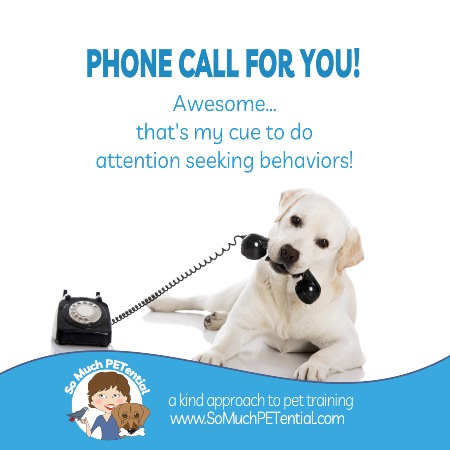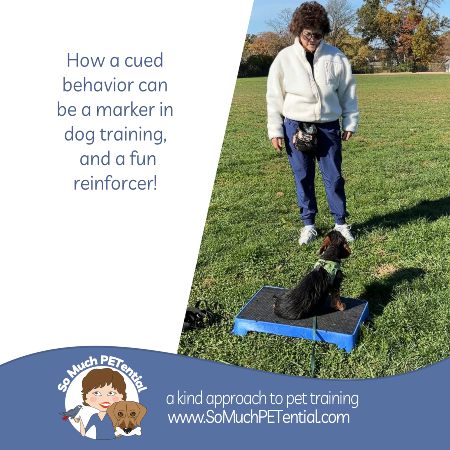The other day I had an appointment for a dog that would react by trying to escape and hide, having an elevated heart rate, stiffened muscles, lowered tail, inability to take food. As soon as I walked in the door, he bolted from one place to another before running into his crate at the far side of the room and behind the couch arm. I suggested that his crate be covered; and once done, he remained there for the rest of the visit. I did not approach any where near the crate. Instead his caregiver and I sat away from him to talk about what was happening and suggested next steps.
Dogs can have fear responses for a variety of reasons. Genetics, lack of positive early socialization, past experiences all play a role in an animal’s behavioral response to environmental stimulus.
 ‘Fear’ can look like many different things. It can include avoidance behaviors like looking/leaning/moving away, approaching then quickly backing up (approach avoidance conflict), hard stare at the feared trigger, hypervigilance and inability to settle, increased heart rate, stiff body muscles, zooming, destruction of property, self-mutilation, barking, guarding something, lunging, growling, air snapping, or escalating to a bite.
‘Fear’ can look like many different things. It can include avoidance behaviors like looking/leaning/moving away, approaching then quickly backing up (approach avoidance conflict), hard stare at the feared trigger, hypervigilance and inability to settle, increased heart rate, stiff body muscles, zooming, destruction of property, self-mutilation, barking, guarding something, lunging, growling, air snapping, or escalating to a bite.
Helping a dog to feel differently about a particular environmental stimulus (in the most positive way) involves teaching the animal a different emotional response to that trigger (called desensitization/counter conditioning) and teaching the animal alternative behaviors. However, before any of that and in order for those strategies to be successful, there needs to be another first step. (Note that too sometimes it is helpful to seek the assistance of a veterinary behaviorist with a deep understanding of the role of biology with behavior and can talk to you about possible medication. See my blog post about my Dawson for how Dr. Lisa White helped us.)
The dog needs to feel safe.
In other words, the dog should be able to have relaxed body muscles, to be able to focus back on you or the activity, to play, to be able to eat with a soft mouth, to have a regular heart rate. Once the learner is experiencing that high level of fear/anxiety, teaching him an alternative way to feel becomes difficult. Additionally, with every time of experiencing a stimulus and having a certain response to it, the dog is learning/maintaining/strengthening its association between the stimulus and the subsequent emotional/behavioral response. As an example, if the dog was walked by a house that had a group of screaming children come running into its front yard and the dog’s heart rate spiked as it tried to bolt away (but couldn’t because of the leash), the dog may very likely begin to have an elevated heart rate the next time it is walked toward that same house.
This is why one of the ways of helping an animal to feel safe is to identify those ‘fear’ inducing stimulus. Is it a loud noise? A car? A child running around? A stranger approaching? From what distance? From what intensity?
From there, make note of how your pet responds to those stimulus (and how you respond). Then you can come up with a plan for avoiding those triggers while you also plan for how you can manage your pet and teach it a different response in the presence of them.
Below are a few more additional tips for helping your pet to feel safe. I encourage you to see the help of a trainer who uses positive reinforcement strategies to help you.
- Give him hiding places in your home or yard. Allow your dog to move behind furniture or doors or out of the room if he wants to get away. If your dog chooses to go inside a crate, you may want to drape something over the sides. Please be careful about shutting the crate door as that removes the option for your dog to escape if he needs to. Also, be careful not to allow others to come too close to the crate when the dog is inside.
- Use barriers such as gates to keep feared children or adults away from your dog.
- Give your dog predictability as much as possible as lack of certainty can lead to more stress. Having daily routines like an approximate time of day for feeding, sleeping, your arrival and departure are examples. Also, this includes thinking about your response to things. Can your dog predict (based upon past experience) that, for example, when he chooses to come to you or to look at you when outside that you will always do something that your dog values (or at least that you will not sometimes do something aversive to your dog like yell at him)?
- If your dog is afraid of noises heard on the outside of your home, he can be in an inner room away from windows where you have white noise playing. At those predictable times when you know there will be even louder noises like on July 4, you may also want to talk to your vet about whether short term medication can help. Additionally, if your dog reacts to sights that are outside your window, you can block access to the window or purchase an inexpensive cling to cover it up.
- Avoid flooding your dog with too much of what scares him. It involves keeping the dog (or other animal)) in the proximity of what it is frightened of for a period of time, without the dog being able to escape. This approach can be extremely stressful for the learner, and may even heighten its fear response as a result. An example of this is taking your dog who exhibits those fear behaviors listed above around unknown people to a busy event on leash, without any mode for him to escape, in an attempt to socialize him.
- Learn how to understand how your dog communicates through body language…and respond to that body language to try to minimize his stress. For example, if you see that in a certain situation your dog looks away, does a body shake off, yawns or tries to look smaller, move your dog away or out of that situation.
- Try to give your dog as much control over his environment as possible. Instead of forcing the issue of attaching a leash to his collar, teach your dog to come to you for the leash attachment (with high value reinforcement). Instead of forcing your dog to be touched and prodded against his will, teach your dog to do something that indicates he is ok with being touched (like placing his muzzle on your lap).







